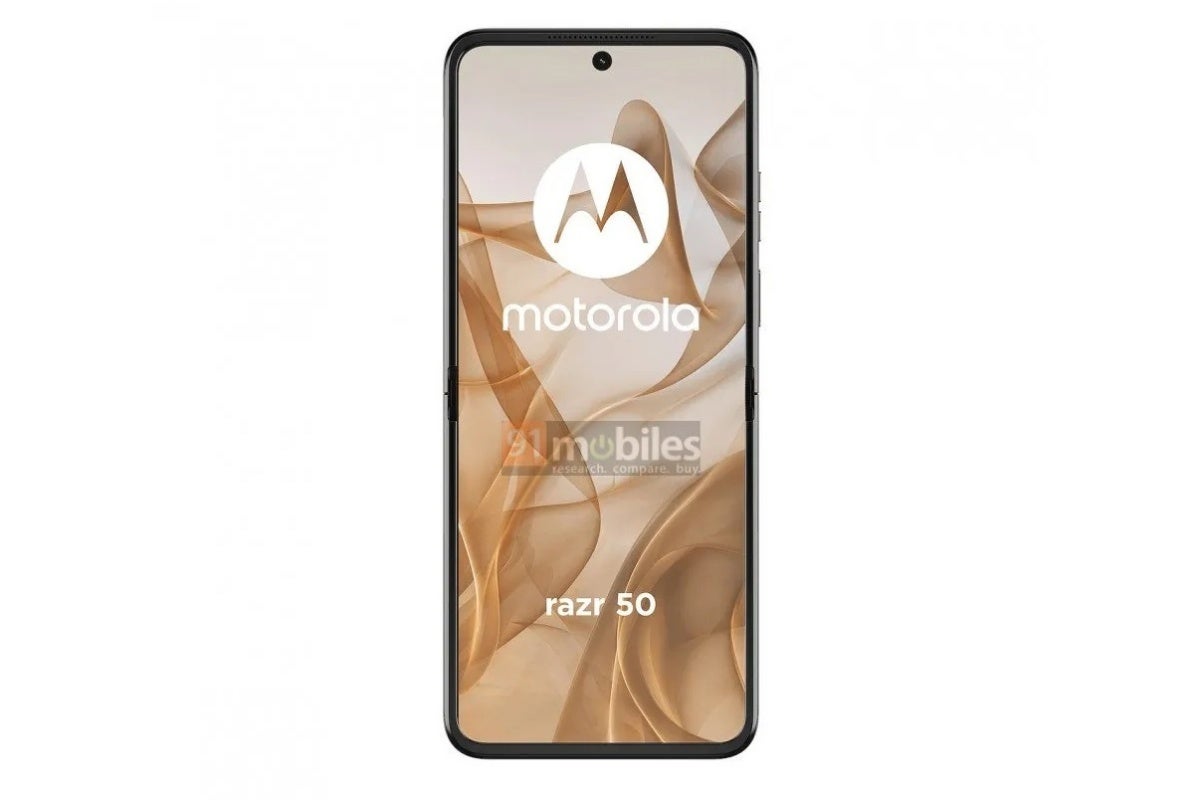Based on last year’s experience, it shouldn’t come as a big surprise that Motorola is working on two new foldable devices set to be released under a couple of different names in different regions at some point over the next few weeks.
But the Razr 50, aka Razr (2024), and the Razr 50 Ultra, aka Razr Plus (2024), are not as predictable and as repetitive as you might think from a hardware specification perspective, preparing to see daylight with quite a few substantial upgrades over their predecessors, according to several reliable sources.
Ultra screens for the “regular” Razr 50
As impressive as the Motorola Razr (2023) looked at first glance and as much as we loved its real-world capabilities (for such a reasonable price point) in our comprehensive review last year, the affordable foldable did hold a major disadvantage compared to the costlier Razr Plus (2023) and Samsung Galaxy Z Flip 5.
We’re talking about a small and naturally very limited 1.5-inch cover display, which was a flaw that Motorola reportedly plans to “fix” this year by expanding the secondary screen real estate to a whopping 3.6 (or 3.63) inches.
That’s the exact size of the Razr 40 Ultra’s secondary panel, also impressively beating what the aforementioned Z Flip 5 offers in the same department. The vastly improved number is corroborated by both 91mobiles and DealNTech, with the latter publication also claiming that the Razr 50 cover screen will support glorious 120Hz refresh rate technology and the former source adding a few high-res product depictions in the equation to confirm the Razr 40 Ultra-inspired redesign.
Just like the Razr 40 Ultra (and the Razr 40), the Razr 50 is expected to sport a large 6.9-inch OLED primary display with a resolution of 2640 x 1080 pixels. The refresh rate capabilities are tipped at 120Hz, but with the Razr 40 supporting 144Hz and the Razr 40 Ultra going up to 165Hz technology, that seems unlikely to prove accurate.
For the time being, the Razr 50, aka Razr (2024), is only “confirmed” to come in two color options (some sort of dark green and a swanky gold hue), but if history is any indication, a number of other flavors are likely in the pipeline as well.
New processor, new camera, more storage, same price?
Because a budget-friendly foldable obviously can’t be as powerful as the Galaxy Z Flip 5, Z Fold 5, or the Razr 50 Ultra, you shouldn’t be too shocked to hear that the Razr 50 will purportedly pack a MediaTek Dimensity 7300X SoC.
What’s a little surprising is that we seem to be dealing with an unannounced processor here, but although we don’t know an awful lot about its characteristics yet, we naturally expect it to be a decidedly mid-range affair incapable of matching the raw power of the Razr 50 Ultra’s Snapdragon 8s Gen 3 chipset.
The mysterious new Dimensity processor is likely to be paired with the same 8GB RAM count as last year’s Razr 40, but the storage space could jump from 128 to 256 gigs on the entry-level Razr 50 configuration.
With no big changes expected in the weight and dimensions departments, it’s obviously not surprising to hear that the already impressive 4,200mAh battery capacity will probably go unchanged. Curiously enough, there are no words on charging speeds yet, while the dual rear-facing camera system is tipped to switch from 64 and 13MP sensors to 50 and 13MP snappers.
That oddly sounds like a bit of a downgrade, but of course, megapixel counts are not always representative of a camera’s real-life performance, so we’re fairly certain that the Razr 50 will improve on its predecessor in that field too.
Finally, while the pricing aspect remains a big question mark, that persistent rumor calling for the upgraded Razr 50 Ultra to cost just as much as the Razr 40 Ultra makes us optimistic that something similar will apply to the Razr 50. If we’re right, the non-Ultra Motorola Razr (2024) could start as low as $700 in the US with 256GB storage, which would be a pretty mind-blowing value proposition.







